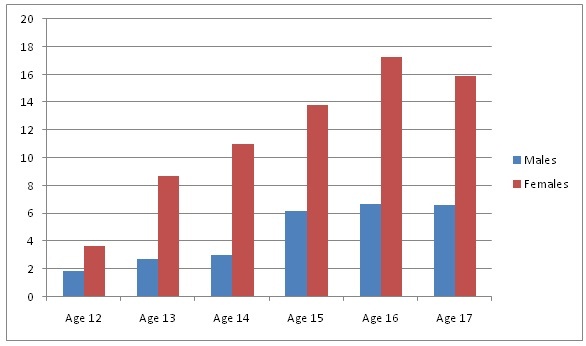
Latest Depression News
An Hour of Light a Day may Brighten Mood, Improve Sleep in Elderly People with Depression
By Jennifer WarnerWebMD Health News
Reviewed by Louise Chang, MD
Jan. 3, 2011 — Exposure to bright light may ease symptoms of depression in elderly people.
A new study shows that three weeks of bright light therapy using specially designed light boxes improved symptoms of depression by as much as 54% in older adults with depression.
In addition to lifting their moods, bright light therapy improved sleep and optimized levels of the neurotransmitter serotonin. low levels of serotonin are associated with depression and often targeted by antidepressant drugs.
Researchers say it’s the first major study to show a beneficial effect of bright light therapy on treating depression in the elderly with non-seasonal major depressive disorder.
“bright light treatment may provide a viable alternative for patients who refuse, resist, or do not tolerate antidepressant treatment,” researcher Ritsaert Leiverse, MD, of the department of psychiatry at VU University Medical Center in Amsterdam, the Netherlands, and colleagues write in the Archives of General Psychiatry.
Bright Light Helps Elderly
Researchers say depression commonly causes sleep problems and other symptoms because of a disruption of the body’s natural circadian rhythms or body clock. Circadian rhythm disturbances are also frequently found among elderly people who expose themselves less frequently to bright environmental light.
Previous studies have suggested that bright light therapy can help restore circadian rhythms and target depression-related neurotransmitters in the brain.
In this study, researchers evaluated the effects of three weeks of bright light therapy in 89 adults over age 60 diagnosed with depression. The participants were randomly divided into two groups and exposed to either an hour of bright pale blue light therapy or dim red light treatment (placebo treatment) from a light box at home during the early morning hours.
After three weeks of treatment, the study showed bright light therapy improved depressive symptoms by 43%, compared with the 36% improvement found with the placebo treatment.
Three weeks after the treatment ended, researchers found symptoms of depression continued to improve among the bright light therapy group (54% improvement vs. 33% in the placebo group).
In addition, the results showed levels of the stress hormone cortisol decreased among people who received bright light therapy. Sleep quality also improved among the bright light therapy group.
Researchers say the improvements found with bright light therapy in treating depressed elderly people in this study is similar to the improvements found with antidepressant drug treatment.
SOURCE: Lieverse, R. Archives of General Psychiatry, January 2011; vol 68: pp 61-70.©2010 WebMD, LLC. All Rights Reserved.
Depression in Elderly People – Depression Symptoms, Causes, and Treatments Including Clinical and Manic Depression on MedicineNet.com